GM Defends Full-Sized Truck Investment
The word “truth” in our title has long been a cudgel for our critics, who, finding fault with our analysis, condemn us for failing to publish their version of the truth. But, as I’ve steadfastly maintained since taking up TTAC’s editorial reins, we do not hold ourselves up as the sole source of truth. Rather, by provoking an engaging discussion, we hope that our readers will use our posts as a jumping-off point to debate the issue at hand with vigor. The truth, as I find myself saying again and again, is a journey, not a destination.
Accordingly, I’m always thrilled when manufacturers read our pieces and offer up their own counterpoint to the discussion, broadening our understanding of the issue at hand and moving the conversation forward. One of my posts from yesterday, which examined GM’s decision to invest in full-sized truck production in the midst of CAFE negotiations and an inventory backlog, has drawn just such a thoughtful response from GM’s Tom Wilkinson, which is published after the jump. It provides some inside perspective on GM’s decision to move forward with the next generation of full-sized pickups, and is a great example of the kind of conversations that TTAC hopes to start every day.
Wilkinson, who works on the Chevrolet communications team, writes:
Customers currently buying pickups are generally those who need the capability of a full-size truck for hauling and/or towing. Consequently, we expect full-size pickups to remain around 11 percent of the total U.S. vehicle market. Chevrolet is currently a strong second in the segment, with 27 to 28 percent share, and we expect to defend, and potentially grow that share.
Following a boom during the mid-1990s, resulting from the demise of most large cars and station wagons coupled with cheap gas and attractive lease payments, utilities have returned to pre-boom sales levels. Full-size utilities are purchased by affluent customers who need passenger and cargo space and towing capability, and we expect volume to remain relatively stable. Chevrolet intends to defend its dominant position (almost 50 percent share) with a new generation of more efficient Tahoes and Suburbans.
You are correct that many of the personal use buyers who fueled the truck boom have moved on, to sporty cars for those who just wanted power and style, and to crossovers for those who just need space. Please note that Chevrolet and other GM brands are doing very well in both segments, so it is not like we lost these customers.
I don’t think we, or any of our competitors, expect full-size trucks to return to housing-boom levels. Note that we have resized our manufacturing footprint to compete effectively and profitably at realistic future sales levels. That fact seems to be lost on some of the critics, who seem to have snoozed through the plant closings of the past few years.
More by Edward Niedermeyer
Latest Car Reviews
Read moreLatest Product Reviews
Read moreRecent Comments
- Slavuta I don't know how they calc this. My newest cars are 2017 and 2019, 40 and 45K. Both needed tires at 30K+, OEM tires are now don't last too long. This is $1000 in average (may be less). Brakes DYI, filters, oil, wipers. I would say, under $1500 under 45K miles. But with the new tires that will last 60K, new brakes, this sum could be less in the next 40K miles.
- BeauCharles I had a 2010 Sportback GTS for 10 years. Most reliable car I ever own. Never once needed to use that super long warranty - nothing ever went wrong. Regular maintenance and tires was all I did. It's styling was great too. Even after all those years it looked better than many current models. Biggest gripe I had was the interior. Cheap (but durable) materials and no sound insulation to speak of. If Mitsubishi had addressed those items I'm sure it would have sold better.
- Marty S I learned to drive on a Crosley. Also, I had a brand new 75 Buick Riviera and the doors were huge. Bent the inside edge of the hood when opening it while the passenger door was open. Pretty poor assembly quality.
- 3-On-The-Tree Alan, I was an Apache pilot and after my second back surgery I was medically boarded off of flying status due to vibrations, climbing on and off aircraft, so I was given the choice of getting out or re-branching so I switched to Military Intel. Yes your right if you can’t perform your out doesn’t matter if your at 17 years. Dad always said your just a number, he was a retired command master chief 25 years.
- ToolGuy "Note that those vehicles are in direct competition with models Rivian sells"• I predict that we are about to hear why this statement may not be exactly true



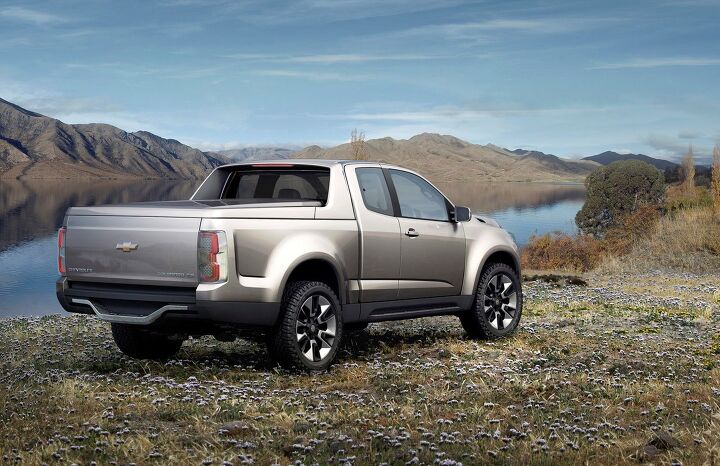















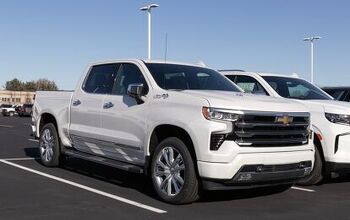
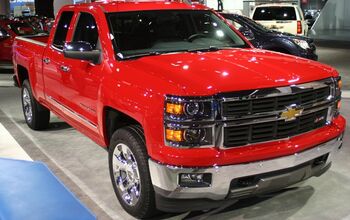
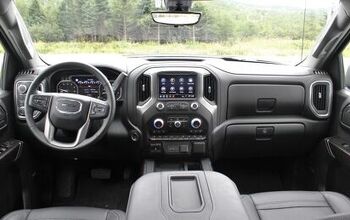
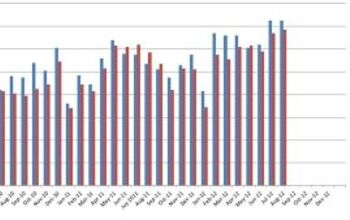
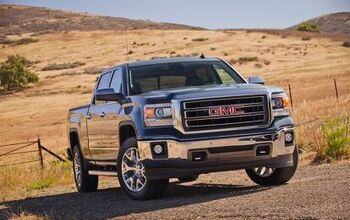










Comments
Join the conversation
How do places such as Europe get along ok without pickup trucks?
No matter what CAFE noise is being made today or requirements are planned for tomorrow, at the end of the day no CAFE rule will survive that does not allow the Big Three to make a profit - and that means selling highly profitable full-size trucks. Tolerance for CAFE only exists when CAFE is playing catch up to automaker technology instead of the other way around. As soon as that dynamic reverses and CAFE becomes painful, the automakers know that a change in policy is only one election away.